Archaeologists in Crete Discovered 4,000-Year-Old Labyrinth
Archaeologists in Crete have made an extraordinary find, uncovering a labyrinth believed to be over 4,000 years old. This discovery brings to life tales from Greek mythology, captivating historians and enthusiasts alike.
Located at the highest point of Papoura Hill, this labyrinth is a significant archaeological treasure.
The Myth of the Minotaur
Greek mythology tells the story of the Minotaur, a half-man, half-bull beast that lived in a labyrinth on the island of Crete.
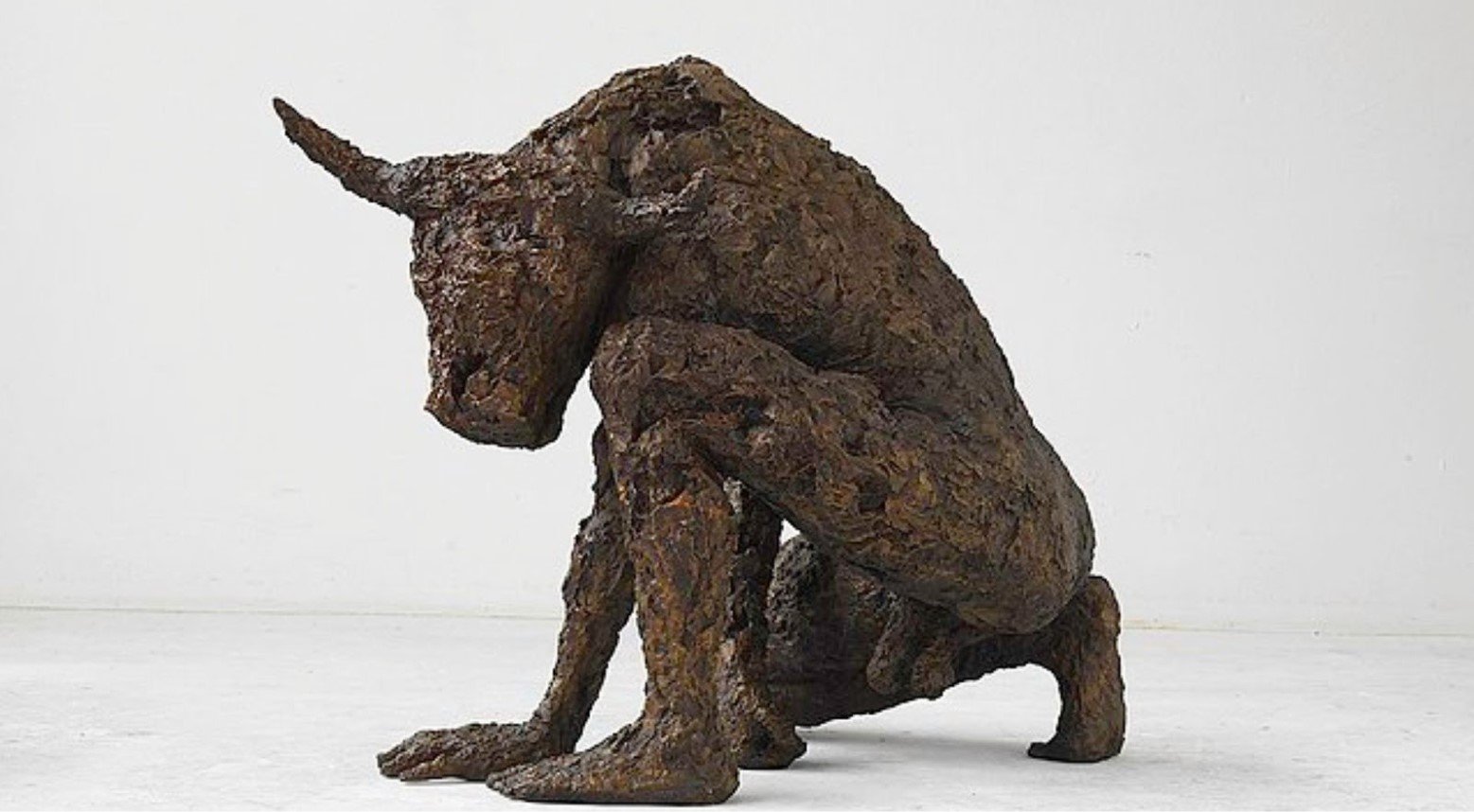
Source: Stw-Kunst/Wikimedia Commons
Theseus, a hero of Athens, was said to have slain the Minotaur. While this new discovery isn’t directly linked to the legend, it adds a fascinating dimension to these ancient tales.
Unearthing the Labyrinth
The labyrinth was discovered on Papoura Hill in Crete, an unexpected location for such a find.
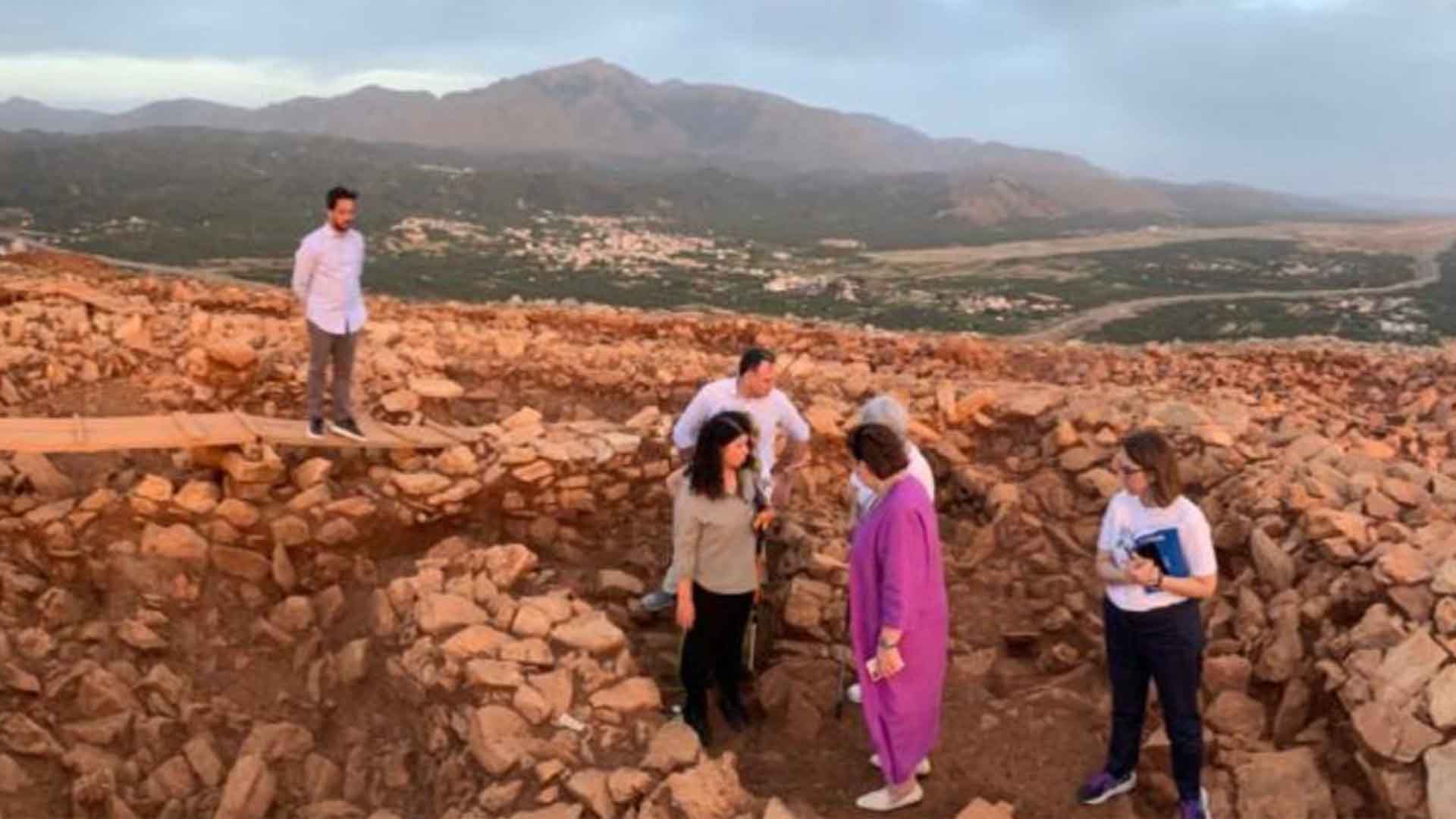
Source: Ministry of Education
Measuring an impressive 158 feet in diameter and spanning over 5,900 square feet, the structure boasts eight concentric circular stone walls. The tallest of these walls still stands at five and a half feet high.
Minoan Architecture
Believed to have been built by the Minoan civilization between 2000 and 1700 BCE, the labyrinth showcases their architectural prowess.
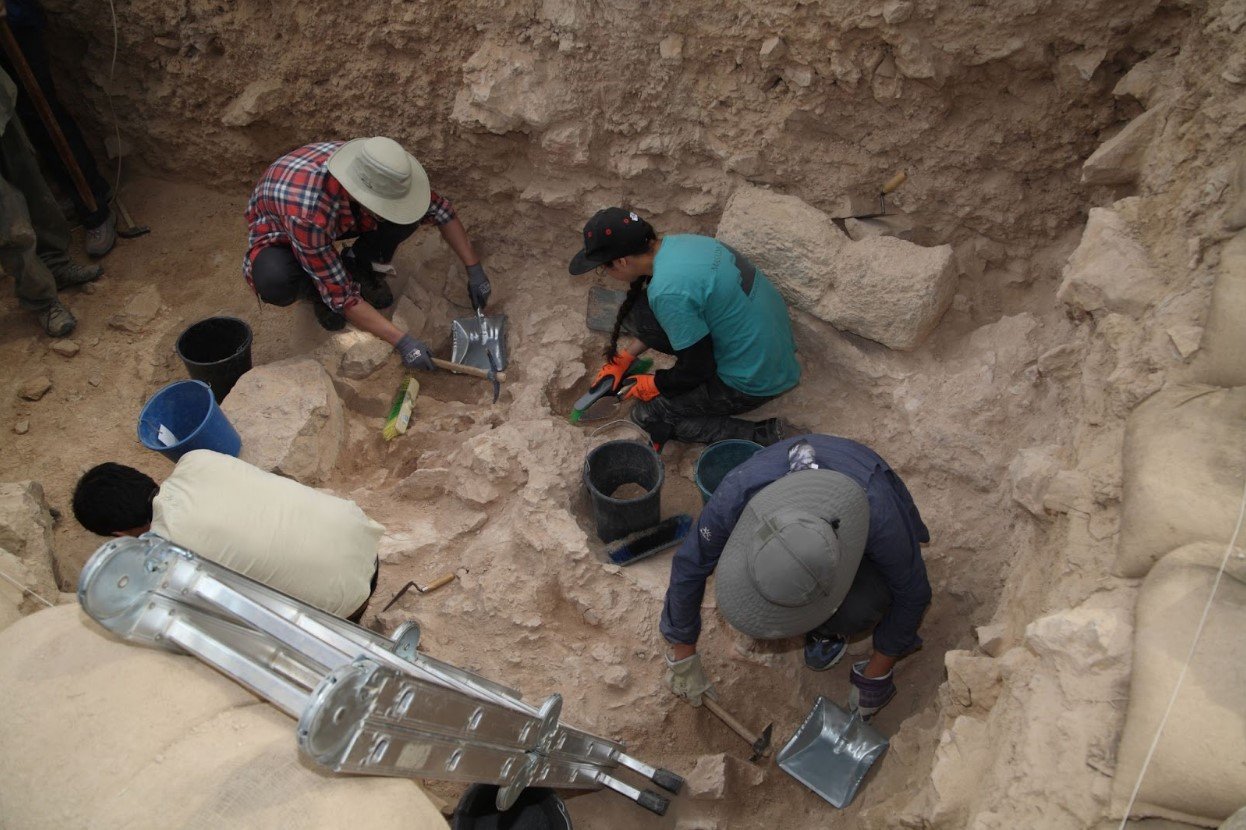
Source: Dan Porges/Getty Images
The design includes four quadrants connected by small openings, creating intricate passageways. At its center lies a small circular building, also divided into quadrants.
Ceremonial Use
Experts believe the labyrinth had a ceremonial purpose, possibly used for rituals and offerings.
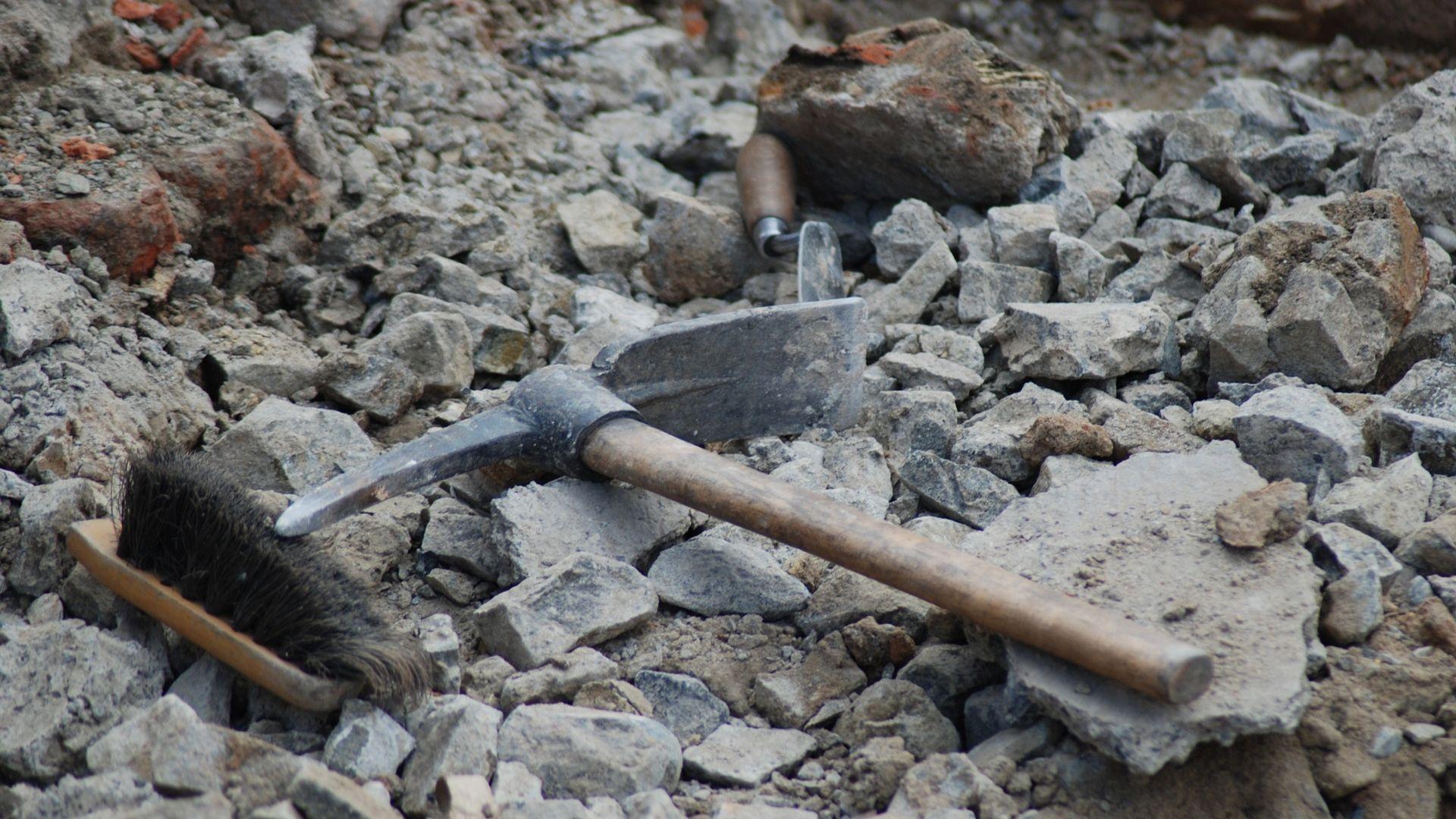
Source: Jumbuk73/Pixabay
The presence of animal bones supports this theory, suggesting that the site was a place of significant cultural and religious activities for the Minoans.
The Mystery of the Labyrinth
Despite its discovery, many aspects of the labyrinth remain a mystery. The original height of the structure and the complete layout are still unknown.

This leaves much room for further exploration and study by archaeologists and historians.
Greek Ministry of Culture's Statement
According to the Greek Ministry of Culture, this labyrinth is the first of its kind found in Crete. They emphasize its historical importance and potential to provide new insights into Minoan civilization.

Source: Trnava Universty/Unsplash
Ongoing research will likely reveal more about its purpose and construction.
Connections to Pompeii
Interestingly, recent archaeological finds in Pompeii have also included references to Greek mythology.
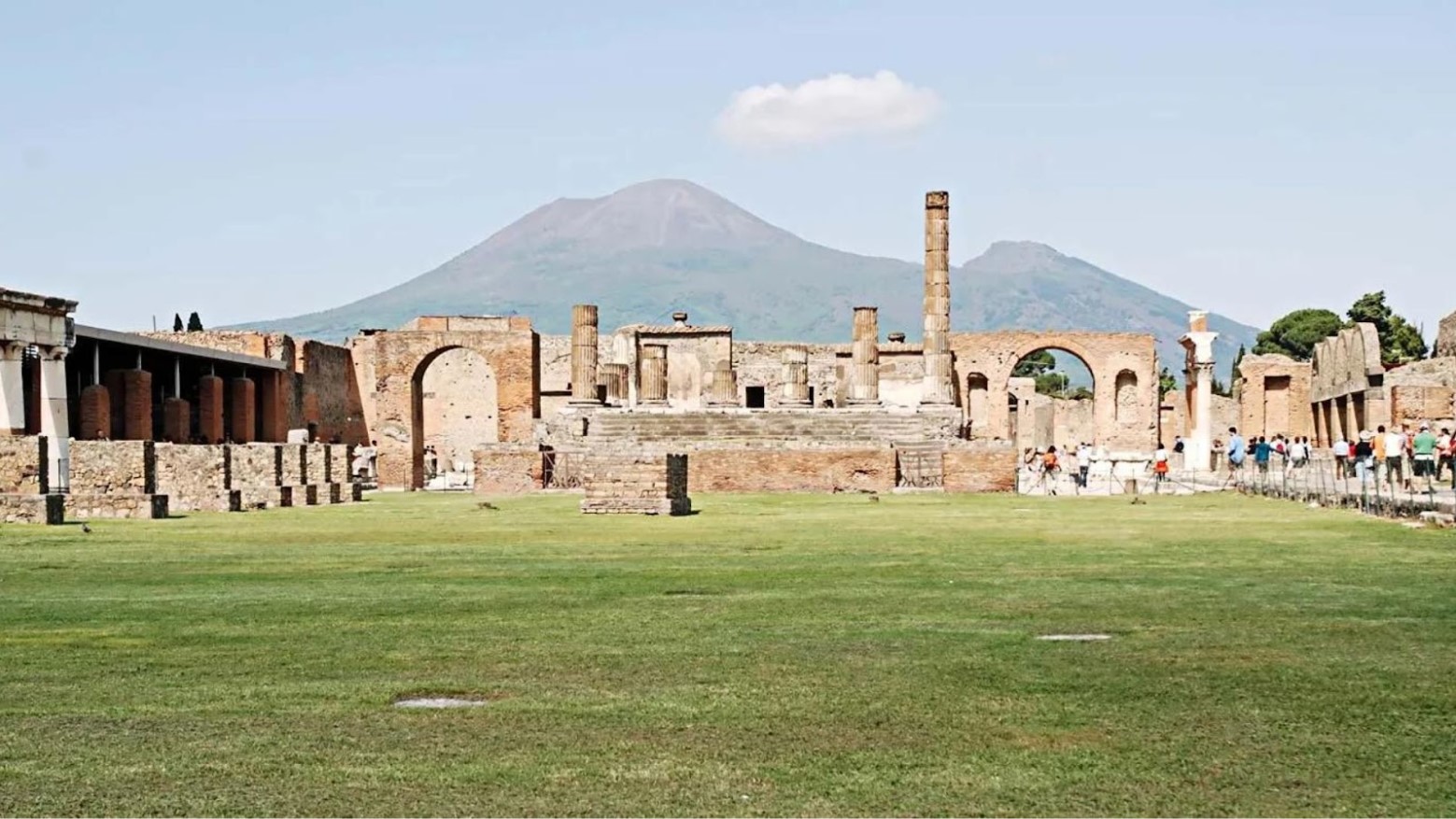
Source: Britannica
Imagery from these tales was uncovered after almost 2000 years, showing the enduring influence of Greek myths across ancient cultures.
The Labyrinth's Layout
The labyrinth is sectioned into four quadrants, with internal walls creating a maze-like structure. Small openings connect these quadrants, adding to the complexity.
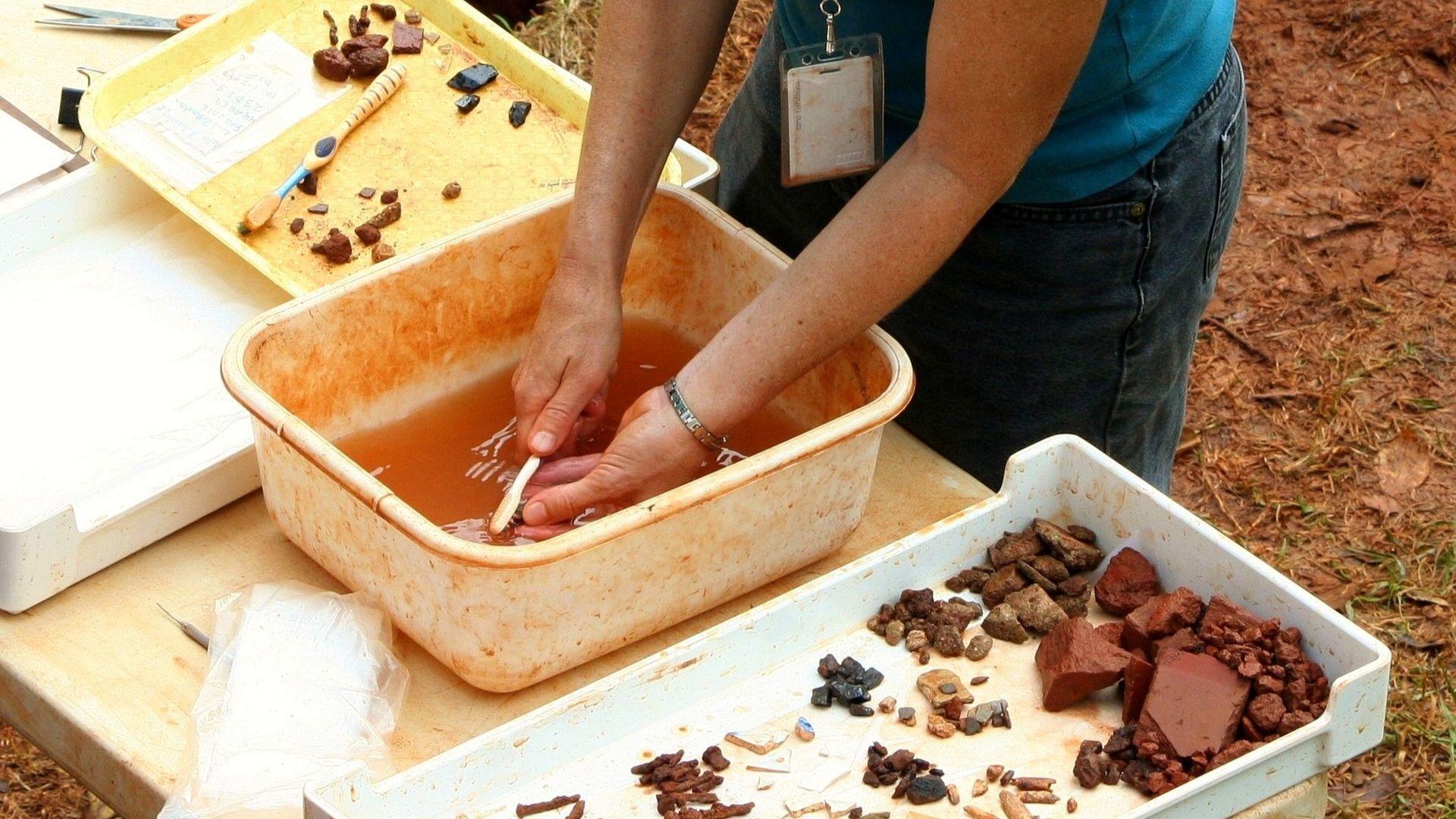
Source: JamesDeMers/Pixabay
This design mirrors descriptions of mythical labyrinths, though its true purpose remains speculative.
Archaeological Significance
The discovery of this labyrinth is a significant milestone in the study of ancient Greek and Minoan cultures.
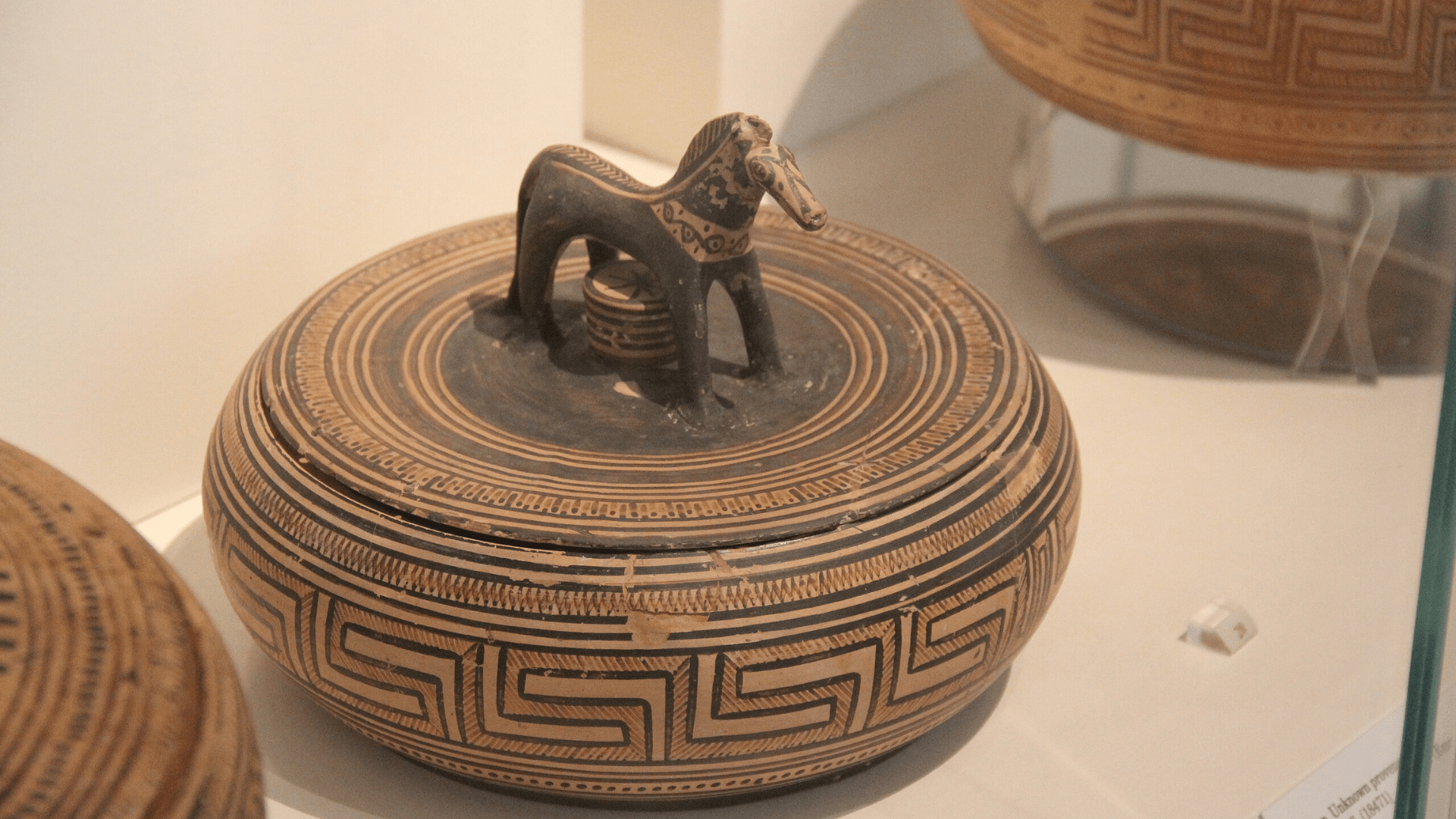
National Archaeological Museum of Greece/Wikimedia Commons
It offers a tangible link to the past and opens up new avenues for research into the religious and cultural practices of the time.
Future Research
Archaeologists plan to continue their research on Papoura Hill, hoping to uncover more details about the labyrinth.

Source: Wikimedia
Further excavation and analysis will help to paint a clearer picture of its construction and use, adding to our understanding of Minoan civilization.
A Glimpse into the Past
This remarkable find provides a unique glimpse into the ancient world, blending myth with reality.

Source: Print Collector/Getty Images
As archaeologists delve deeper, the labyrinth of Papoura Hill will undoubtedly reveal more secrets, enriching our knowledge of history and mythology.
